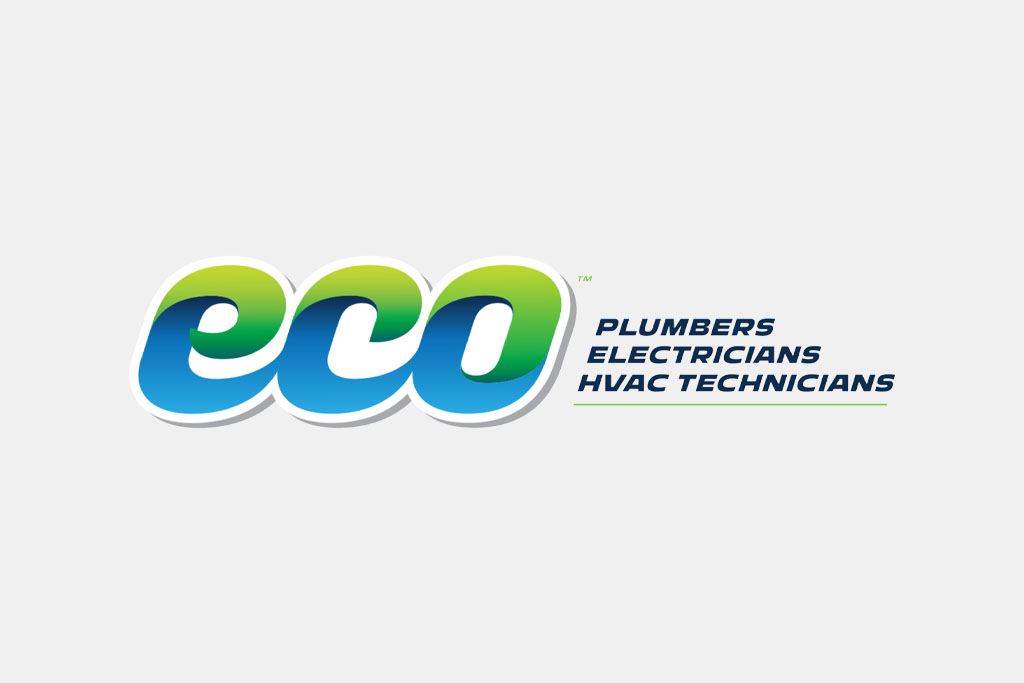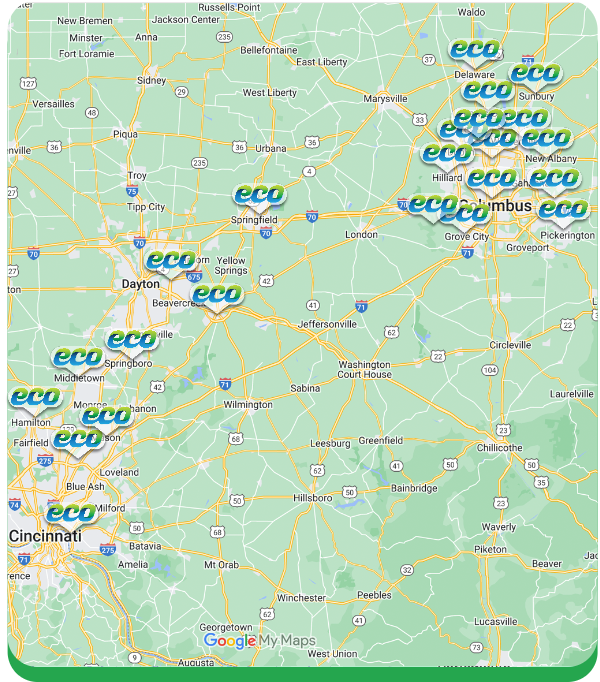There are a number of conditions in Ohio that make certain plumbing problems more prevalent. Humid summers, cold winters and water availability are all things that Ohio has to contend with. Here are some of the most common plumbing problems in the area:
1. Toilet Troubles
Problem: A common plumbing problem in Ohio has to do with toilets. Too much toilet paper or waste can easily lead to clogs in the pipes. Older pipes tend to have a lot of accumulated buildup. Another common toilet problem is wasted water. A lot of homes have older toilets, which aren’t very efficient. These models use 3.5 gallons or more of water per flush! In addition, older toilets are prone to running for an extended time after flushing. The average amount of water wasted by a running toilet could be up to 200 gallons per day.
Fix: If you’re experiencing a clogged toilet, try plunging it to remove the blockage. Make a note to cut back on toilet paper used per flush to prevent future clogs. As for a running toilet, try to jingle the handle to stop the water. If you’re especially crafty, you could try to replace the flapper by yourself.
When to call a plumber: If your toilet is constantly clogging, it could mean a blockage or obstruction in the trap or drainpipe. A professional plumber has the tools to clear these clogs in a more permanent fashion. If your toilet is constantly running, it may be time to get a new model. Newer, low-flow toilets are made to only use 1.6 gallons per flush, 20% to 60% less than older traditional models. By installing these models throughout your home, you could be saving up to 16,000 gallons of water per year! That translates to approximate savings of $2,000 on your water and waste water bills over the lifetime of each toilet.
2. Bursting Pipes
Problem: Due to the cold, frigid winters in Ohio, bursting pipes are a common problem. The pipes which are most likely to freeze are the ones that run along the exterior walls of your home. When water freezes, it expands. Bursting pipes can cause some serious damage to your home.
Fix: The first step is to figure out which pipes are most likely to burst. Once again, the pipes running along the exterior of your home are the biggest victims; but any pipe that isn’t insulated and exposed to the cold is at risk. Install insulators on these pipes, or electric heating tape if possible. When away from your home for extended periods of time, turn off your main water valve.
When to call a plumber: If you notice any leaks in your piping, loss of water pressure in your home or in the worst case scenario, they have already burst. Small pinhole leaks can lead to bigger problems such as foundational damage to your home. These are huge repairs which preventative maintenance can help you avoid. A plumber in Columbus can replace corroded and clogged galvanized pipes in your home. This will improve water pressure, provide cleaner and clearer water, eliminate water loss through leaks and reduced carbon emissions, and ultimately increase the resale value of your home.
3. Lack of Hot Water
Problem: The responsibility of producing hot water for your home lies with your hot water heater. A traditional water heater keeps 40-80 gallons of hot water heated at all times. This reservoir tends to run out with extended use. Another problem with traditional water heaters is that the parts can wear down and get clogged. This leads to efficiency, adding to your water bill and leaving you without an adequate hot water supply.
Fix: You can ensure a steady supply of hot water by taking shorter showers. Also, try not to leave faucets running if possible.
When to call a plumber: To permanently solve this issue, call a professional plumber! By constantly keeping water heated, a traditional water heater makes up 13% of a typical utility bill. A tankless water heater, also known as a “demand water heater,” only heats water as needed. You won’t have to worry about running out of water during a shower. When hot water isn’t being used, your tankless water heater will be saving energy (up to 40%) and money.
4. Clogged Drains
Problem: Drains are essential to move water around your home. The most common problem associated with drains is that they get clogged. Kitchen sinks are usually clogged with fats, oils or bits of food. The curved shape of kitchen pipes adds to the problem, especially when it’s colder out. Pipes in the bathtub are generally clogged with hair and soap.
Fix: To prevent this issue, be sure to add strainers to your kitchens sinks. This will prevent food from building up in the pipes. In addition, never dispose of oils or fats down the drain. A strainer can also be used to prevent a clogged bath tub. This will catch hair, soap and other debris. Avoid using chemical de-cloggers. These solutions can wear down and damage pipes.
When to call plumber: If you’ve applied preventative measures, but still wind up with clogged pipes. You can try store-bought DIY products, but these only offer a temporary fix and could cause bigger problems later. A professional plumber can utilize a high-pressured water technique called jetting to clear up clogs in a manner that won’t damage your pipes.












